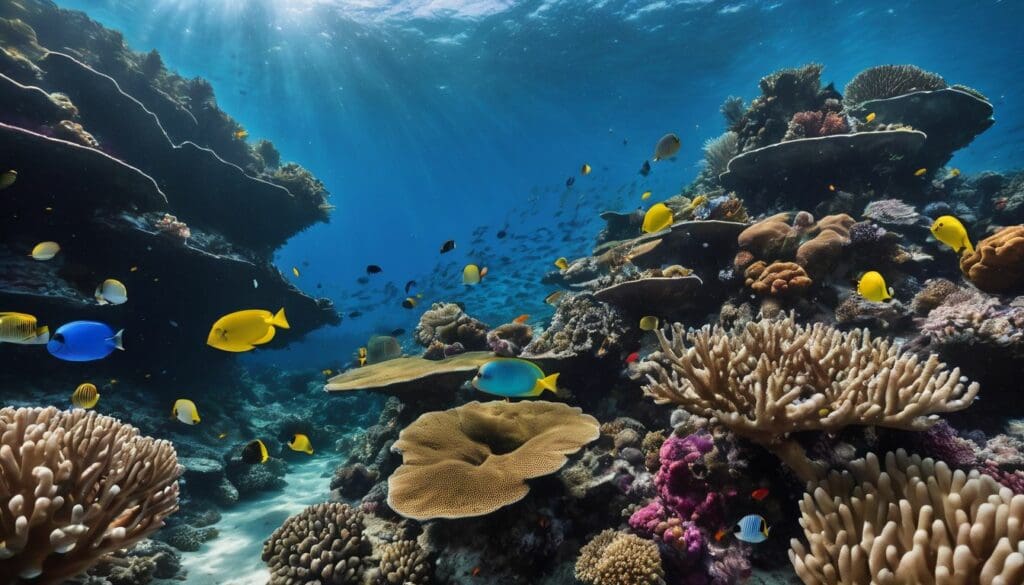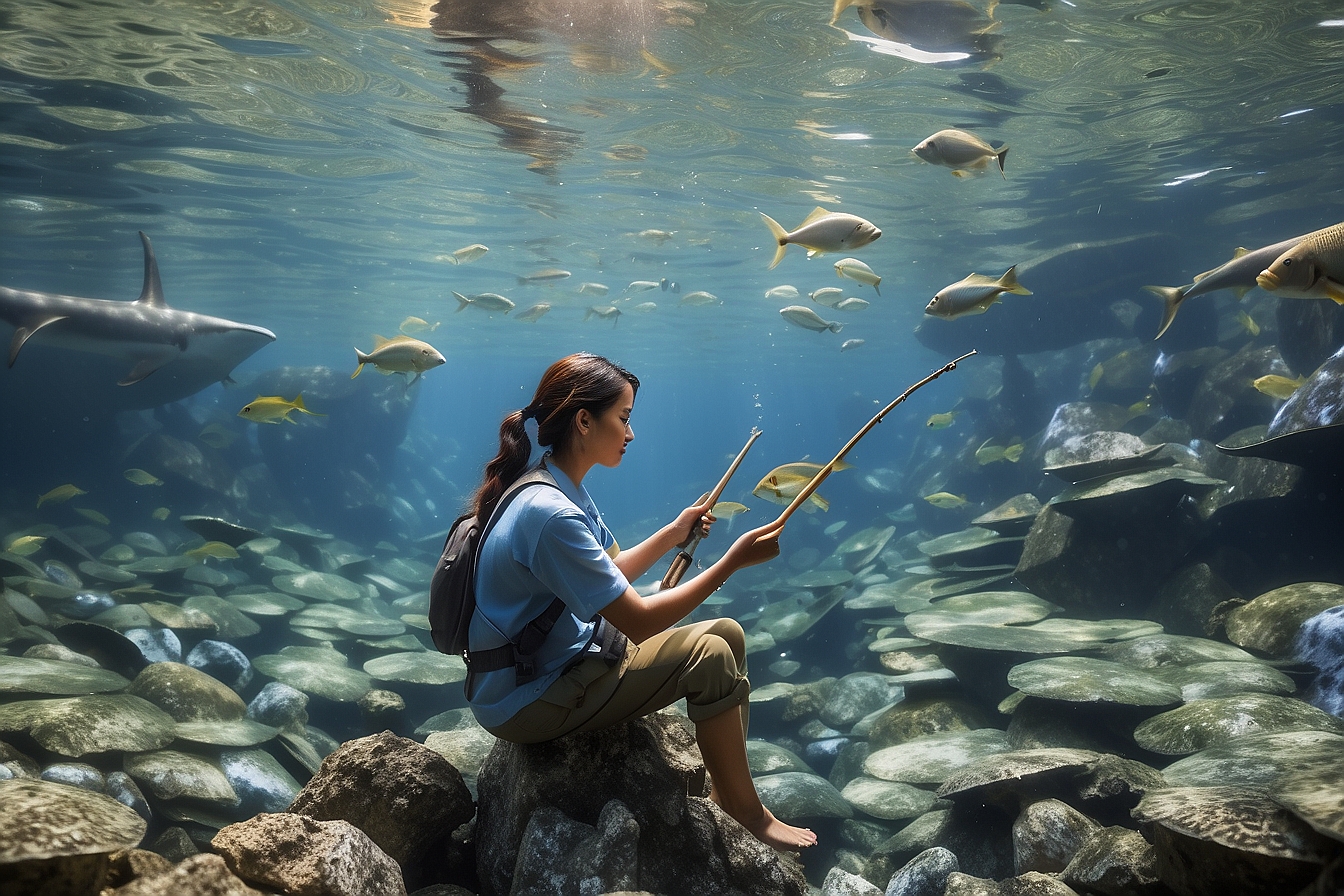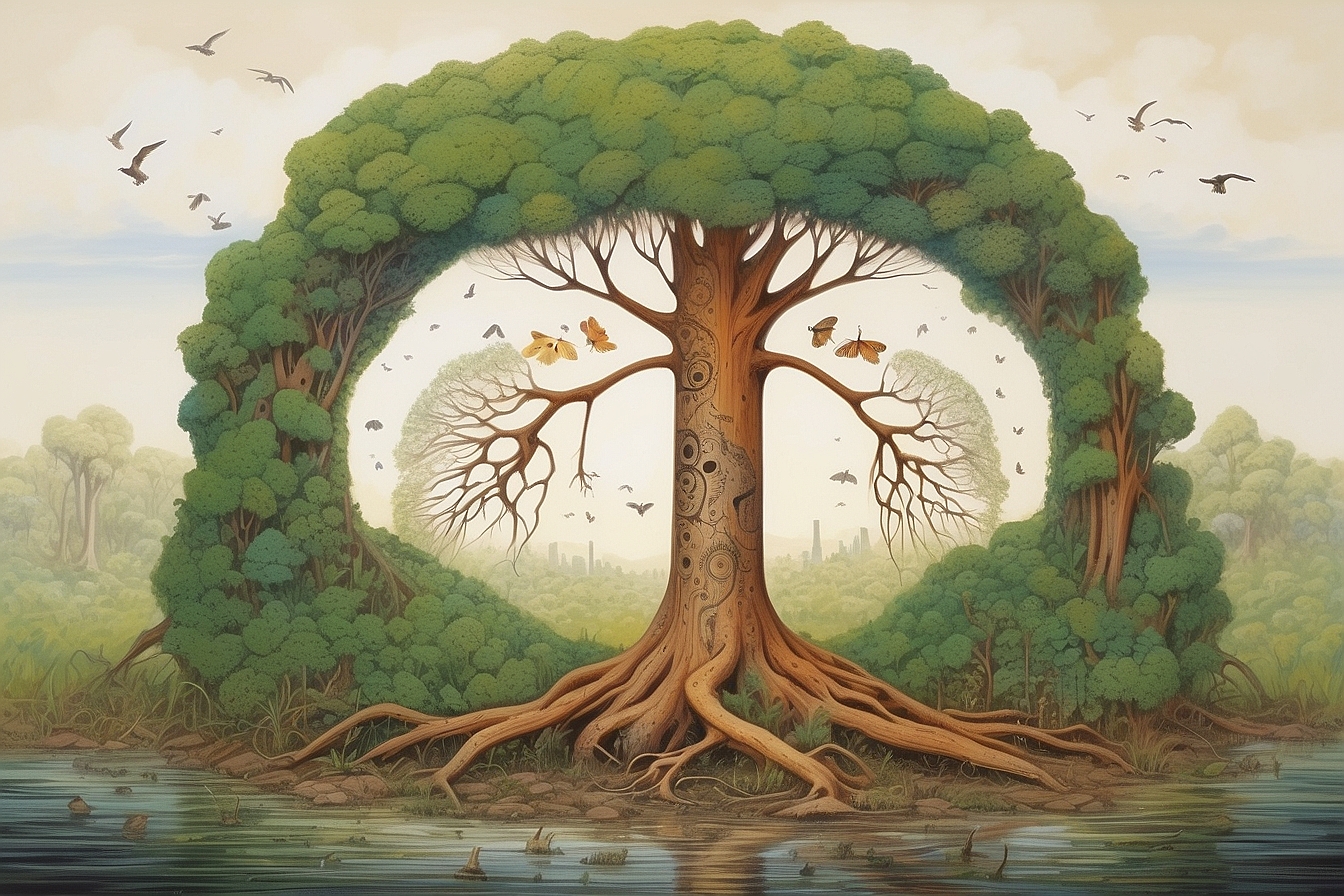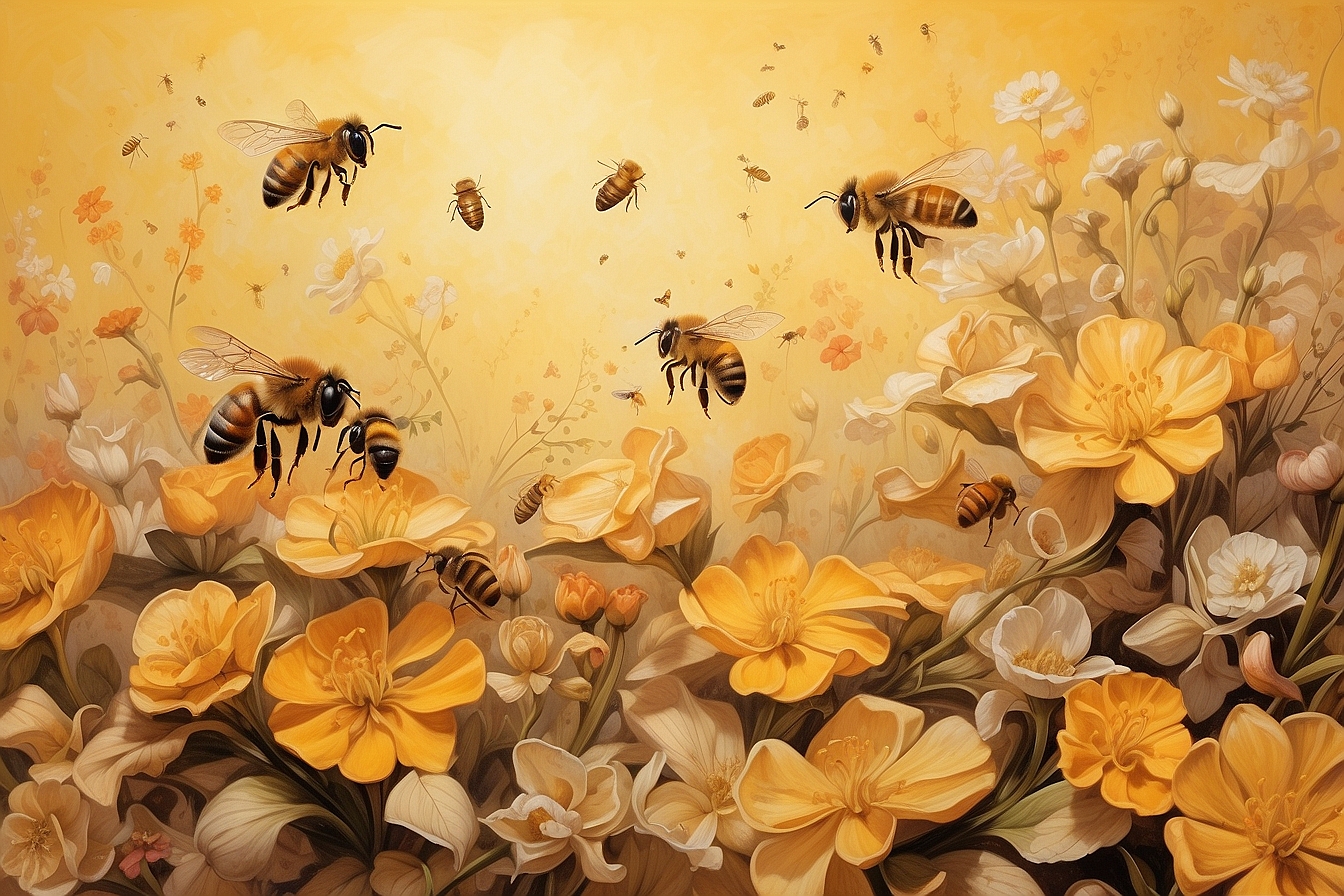We are all captivated by the breathtaking sights of unique creatures and verdant havens on remote isles, yet these idyllic spots are confronted with pressing dangers. Much like yourself, we harbour deep concerns about the health of our globe’s island ecosystems—were you aware that islands harbour some of the most ecologically diverse habitats in existence? Our article delicately unravels this worldwide dilemma by delving into what renders these wildlife sanctuaries so exceptional and why they stand at great risk.
Immerse yourself with us for an enlightening excursion through nature’s concealed jewels that are currently under threat.
Key Takeaways
- Island ecosystems are treasure troves of biodiversity, with isolated conditions leading to the evolution of unique species not found anywhere else in the world, such as the marine iguanas and Kakapo parrots.
- Human activities including habitat loss, overexploitation, introduction of invasive alien species, and climate change pose severe threats to these delicate island environments.
- Conservation strategies like establishing protected areas, engaging local communities in conservation efforts, eradicating invasive species, and promoting eco-tourism are crucial for protecting island wildlife.
- Scientific research plays a pivotal role in informing conservation actions. It helps us understand the impacts of human activity on islands and guides us towards effective restoration and protection measures.
- The future health of island ecosystems depends heavily on our present actions. Through collective global support for robust conservation initiatives and sustainable practices, we can help ensure these biodiverse habitats thrive for future generations.
Importance of Island Ecosystems
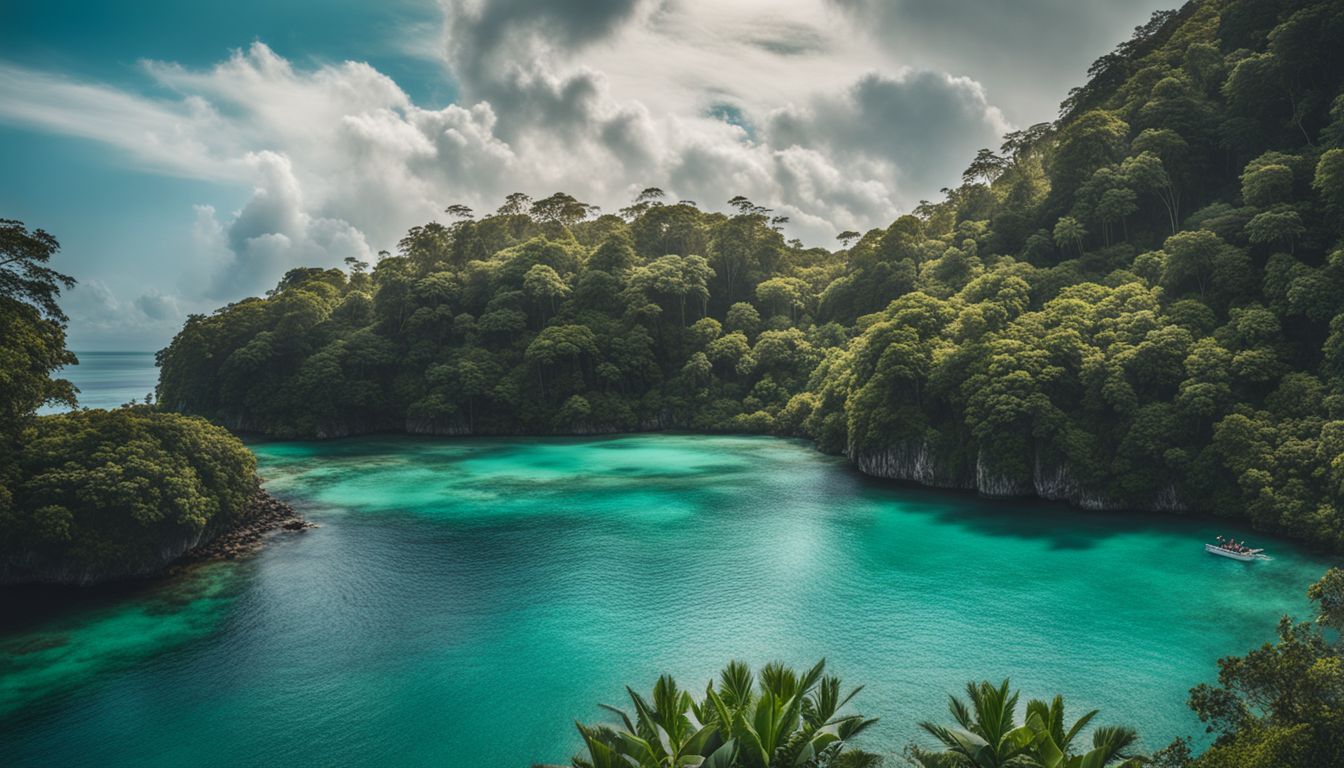
Island ecosystems stand as natural treasures, boasting a richness in biodiversity often unmatched by larger land masses. These isolated habitats are evolutionary hotbeds where unique species flourish, each island telling its own story of life’s tenacity and adaptability.
Role in Biodiversity
Islands are hotspots of biological diversity. They host a multitude of unique species that you won’t find anywhere else on Earth. Think about the vibrant coral reefs surrounding these land masses; they’re teeming with marine life, serving as crucial nurseries for fish and other sea creatures.
Our islands’ rich ecosystems play critical roles in maintaining global biodiversity.
We see this diversity not just under water but also on land. Islands give rise to fascinating forms of life, from flightless birds to peculiar reptiles like the giant tortoise. These species often fill niche roles in their habitats, contributing to the balance and health of island environments.
By protecting these precious places, we safeguard vital genetic diversity and help ensure our planet’s resilience against environmental changes.
Unique Island Species
We marvel at the extraordinary creatures that islands nurture. These unique island species often evolve in isolation, leading to remarkable adaptations and entirely new varieties of life.
Take the marine iguanas of the Galapagos Islands, for example. They’re the only seagoing lizards on our planet, having adapted to swim and feed in the ocean—a stark contrast to their mainland relatives.
Our planet treasures these endemic species as jewels of biodiversity; they enrich our world with their diversity and rarity. The flightless Kakapo parrot from New Zealand dazzles us with its uniqueness—it’s one of a kind, a nocturnal bird that has lost its ability to fly due to evolutionary changes over countless years.
These birds remind us how precious each island habitat is and how every living thing can tell a different story about survival amidst constant environmental challenges.
Threats to Island Wildlife
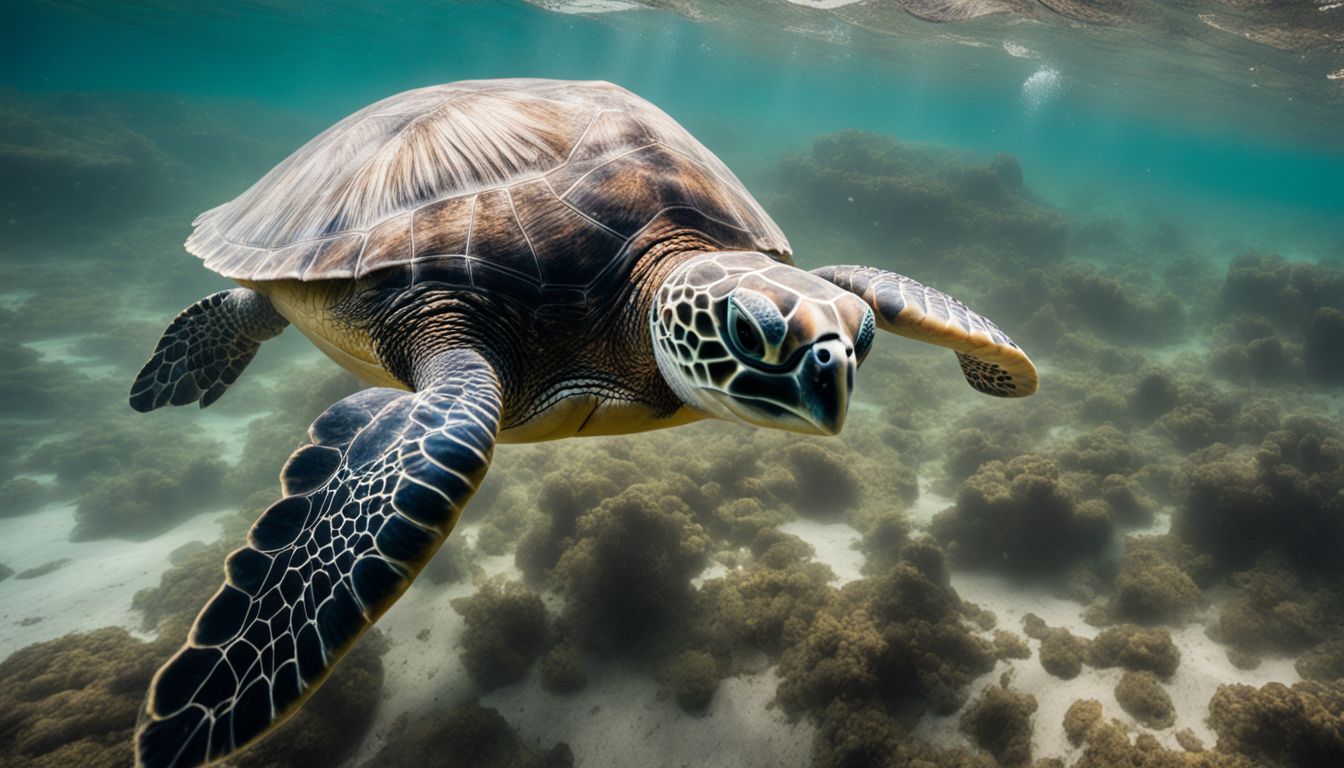
Island wildlife faces a barrage of pressures, with delicate ecosystems hanging in the balance. As humans encroach, these precious habitats are under siege from multiple fronts, threatening the very fabric of island biodiversity.
Habitat Loss
We see habitat loss as a critical issue facing island wildlife. This destruction stems from various human activities, such as deforestation for agriculture, urban expansion, and mining operations.
As we pave roads and build cities, the once contiguous stretches of natural habitats become fragmented. These isolated patches can no longer support the diverse species that depend on them for food, shelter, and mating.
Our development choices directly impact biodiversity loss across island ecosystems. Rising sea levels due to climate change engulf coastal areas where seabirds and marine species once thrived.
Pollution adds another layer of pressure – oil spills and plastic waste alter the delicate balance of coral reefs and shorelines. We must recognise how these changes are affecting biodiversity if we hope to maintain the rich tapestry of life found only in these unique locations.
Overexploitation of Resources
We’re facing a grave challenge as our thirst for natural resources threatens island ecosystems. Overexploitation occurs when we take more from the land and sea than can be replenished, putting immense pressure on wildlife and plants.
Islands feel this impact keenly due to their limited size and resources. Without sustainable use, unique species that live nowhere else on Earth are pushed towards extinction.
Our actions have dire consequences for marine ecosystems as well. Excessive fishing depletes fish stocks faster than they can recover, destroying food chains and the livelihoods of local communities reliant on these waters.
It’s essential to strike a balance between our needs and the health of these fragile environments to prevent losing precious biodiversity forever.
Invasive Alien Species
Shifting our focus to a different kind of threat, invasive alien species pose a major challenge to island wildlife. These unwanted intruders arrive in new territories through various means: stowing away on ships, hitching rides on planes or being introduced intentionally by humans not understanding the consequences.
Once established, they can wreak havoc on local ecosystems. For example, predators like rats and feral cats often decimate populations of native birds that are not adapted to defend against them.
These invasive species also compete with indigenous creatures for food and habitat space, pushing many towards the brink of extinction. Plants brought from afar can quickly take over landscapes, altering the natural flora and disrupting the balance of nutrients in the soil or water.
Our role is critical here; we must implement stringent biosecurity measures and support rigorous eradication programs designed to protect these vulnerable island environments from such biological invasions.
Climate Change
Just as invasive species disrupt the delicate balance of island ecosystems, climate change poses a grave threat to these unique environments. Rising sea temperatures and acidifying oceans put immense pressure on coral reefs, home to countless marine lives.
We witness once-vibrant corals turn white through bleaching, a dire warning from nature about the stresses our oceans face.
Increasingly frequent extreme weather events batter islands with winds and waves that can devastate animal habitats in a single stroke. Even subtle shifts in climate patterns alter plant growth and herbivory cycles crucial for maintaining balanced ecosystems.
On top of this, rising sea levels threaten to engulf low-lying islands entirely, potentially wiping out entire species whose entire habitat is the island itself. As we confront these challenges head-on, our commitment to protecting island wildlife must grow stronger than ever before.
Case Studies of Threatened Island Ecosystems
Diving into the heart of once-thriving island ecosystems, we’ll explore impactful stories of species that faced dire threats, illuminating the fragile balance upon which these unique environments hang.
Join us to uncover what’s at stake and why saving these natural wonders is crucial.
The Dodo and Giant Tortoises
We’ve seen firsthand the tragic fate of the dodo, an iconic bird that became extinct in the late 17th century. This flightless wonder was native to Mauritius and fell victim to overexploitation and introduced predators.
Its loss is a stark reminder of how quickly human activity can wipe out an entire species.
Giant tortoises once thrived on many Indian Ocean islands, including Aldabra and the Galápagos. These gentle giants play critical roles in their ecosystems, such as dispersing seeds which helps maintain biodiversity.
However, they face dire threats from habitat destruction and invasive species. Their situation illustrates the delicate balance island wildlife must navigate to survive amidst growing human impacts and environmental degradation.
We are committed to supporting measures that protect these ancient creatures for future generations to appreciate.
Pipistrelles and other Endemic Species
Turning our attention from the vanished dodo and the resilient giant tortoises, Pipistrelles – a species of small bats – capture our concern as they too face grim challenges. On many islands, these tiny creatures flutter through twilight skies, playing crucial roles in pest control and pollination.
However, their very existence is jeopardised by habitat loss due to human expansion and deforestation.
Other endemic species share this fragile fate, like the Antiguan racer snake that once teetered on the brink of extinction but has seen numbers grow thanks to dedicated conservation efforts.
These unique animals epitomise biodiversity; each one is a vital thread in the intricate tapestry of island life. Their struggles highlight an urgent need for sustainable development practices that safeguard habitats against biodiversity decline.
Our collective actions can influence whether these irreplaceable species thrive or become mere memories etched into natural history’s archives.
The Impact of Human Activity on Island Ecosystems
The Anthropocene era marks a significant imprint of human activity on island ecosystems, leading to drastic biodiversity changes that we’ll explore in detail. Continue reading to uncover the extent of these alterations and their far-reaching implications.
The Anthropocene Era and Island Biodiversity
We live in the Anthropocene Era, a time defined by our significant impact on the planet’s ecosystems, particularly fragile island biodiversity. Human activities have pushed countless species to the brink of extinction and altered habitats at an unprecedented rate.
Our presence has introduced non-native species that disrupt natural balances and sparked climate changes that islands are ill-equipped to handle. Rising sea levels threaten coastal habitats while warming temperatures shift weather patterns, often with devastating effects on unique island wildlife.
In these delicate environments, we must recognise our role in both causing and potentially mitigating these challenges. We witness firsthand how anthropogenic impacts like habitat destruction and pollution directly affect population sizes of rare creatures found nowhere else on Earth.
By understanding this connection between human actions and island syndromes—the phenomena where isolated populations are exceptionally vulnerable—we can guide conservation priorities towards effective solutions.
It lies within our reach to adapt conservation strategies that protect the rich tapestry of life that calls these jewels of biodiversity home.
Consequences of Invasive Mammals
As we witness the Anthropocene era reshaping island biodiversity, invasive mammals emerge as one of its most destructive forces. These alien species disrupt the balance of fragile ecosystems by preying on native wildlife and competing for limited resources.
Their presence can lead to a severe decline in indigenous populations, driving some unique creatures to the brink of extinction.
The introduction of non-native mammals often triggers a domino effect that ripples through island habitats. Predation by these invaders causes bird, reptile, and small mammal numbers to plummet.
In turn, this loss impacts species diversity and undermines nature-based solutions aimed at maintaining healthy ecosystems. Without swift action against these invasive threats, entire island biomes face irreversible damage and biodiversity losses could escalate alarmingly.
Strategies for Protecting Island Wildlife
In tackling the pressing issue of island wildlife conservation, we must implement innovative strategies that include community-led initiatives and scientific research to turn the tide on species decline.
Keep reading to discover how we can safeguard these vital ecosystems for future generations.
Fighting Invasive Mammals
We all know how invasive mammals can wreak havoc on island ecosystems. It’s our duty to protect these unique habitats and the species that call them home.
- Identify the culprits: We first pinpoint which non-native mammals are causing problems, like rats or feral cats that prey on native birds.
- Immediate action: We set up measures such as traps and fencing to prevent these animals from destroying more of the natural environment.
- Long-term strategies: Our goal includes creating sustainable systems for ongoing control, ensuring invasive species do not return.
- Public education: We engage local communities to understand the threats and become active participants in conservation efforts.
- Collaboration with experts: We work together with scientists and wildlife specialists to develop effective removal methods tailored to each situation.
- Legislation and policy change: Advocacy for stronger laws against irresponsible introduction of alien species is crucial for lasting change.
- Restoration projects: After removal, we focus on healing the habitat, often planting native vegetation and reintroducing indigenous fauna.
- Monitoring ecosystems: Regular checks help us spot any new intrusions early, allowing for quick intervention before major damage occurs.
- Fundraising for resources: Resources are necessary for these efforts; we rally support through various channels to ensure financial backing.
- Partnering globally: We connect with international conservation organisations to share knowledge and refine our tactics.
Conservation Initiatives
Islands are treasure troves of biodiversity but they’re facing unprecedented threats. Together, we must push for robust conservation initiatives to protect these fragile environments.
- Establishing protected areas ensures critical habitats are safeguarded from further degradation. We designate regions where human activity is limited to maintain the natural balance and prevent habitat loss.
- Breeding programs for endangered species give them a fighting chance against extinction. Through careful breeding and reintroduction strategies, we aim to boost population numbers of species like the Alsophis antiguae.
- Eradicating invasive alien species helps restore ecological balance on islands. By removing non-native predators and competitors, native wildlife gets the opportunity to recover and thrive once again.
- Engaging local communities makes conservation efforts more effective and sustainable. Educating island residents about the value of their unique ecosystems promotes stewardship and active participation in environmental protection.
- Promoting eco – tourism provides economic incentives for preserving natural beauty and biodiversity. We support tourism practices that are sensitive to wildlife, fostering an appreciation without causing harm.
- Collaborating with small island developing states (SIDS) enhances regional conservation efforts. Working hand-in-hand with local governments creates tailored approaches to protecting their specific island wildlife.
- Implementing strict regulations on fishing practices preserves marine life around coral reefs and coasts. Our advocacy aims at enforcing sustainable fishing to prevent overexploitation of resources in delicate marine ecosystems.
- Conducting research into climate change impacts informs future protective measures for islands. This involves studying patterns like sea level rise and ocean acidification so we can adapt our strategies accordingly.
- Restoring ecosystems that have been degraded by human activities revives their functions and services. Projects such as reforestation of dry forests contribute to the rebalancing of fragmented distributions of plant life, which in turn supports diverse animal species.
- Supporting international directives like those from the Intergovernmental Panel on Climate Change (IPCC) bolsters global action against environmental threats. Our alliance with global efforts reinforces the message that islands need urgent attention to combat climate-related issues.
Future Prospects for Island Ecosystems
As we explore the delicate balance of island ecosystems, it’s evident that their futures hinge on our actions today, beckoning us to delve deeper into strategies for preservation and restoration.
The Uncertain Future in the Anthropocene
We face a new era where the impact of our actions has ushered in the Anthropocene, placing island ecosystems at a crossroads. The effects of climate change loom large with rising sea levels threatening to engulf vital habitats and increasing temperatures leading to coral bleaching and marine heat waves.
These changes disrupt the delicate balance that unique island species depend on for survival.
Our role as stewards of these environments grows more critical each day. We must innovate and apply science to devise strategies that not only protect but also restore island biodiversity.
Adapting conservation efforts to this changing world remains our best hope for preserving precious wildlife. Yet, we tread into uncharted territories, uncertain of how systems like barrier reefs or biologically diverse islands will persevere under human-induced climate change’s mounting pressures.
The Role of Science in Island Conservation
In island conservation, science serves as our compass, guiding efforts to protect these unique ecosystems. Researchers track changes in biodiversity, study the impacts of climate change on marine ecosystems and land habitats alike.
They uncover how species interact within their environment and respond to external pressures. This knowledge shapes strategies that aim to prevent species extinctions and mitigate habitat loss.
Scientists use innovative techniques for habitat restoration and fighting invasive mammals that threaten native wildlife. Insights into genetic diversity help us understand what makes island species so special, assisting in breeding programs designed to boost dwindling populations.
Our focus harnesses this scientific expertise to adapt conservation methods effectively, ensuring that island ecosystems can continue to flourish amid global environmental challenges.
Conclusion
We face a critical moment as stewards of island wildlife. Every action we take shapes the future of these rare ecosystems and their inhabitants. Let’s pledge to safeguard the unique species that call islands home by supporting robust conservation efforts.
Now is the time to turn our awareness into action and defend these irreplaceable treasures before it’s too late. Together, we hold the power to make a lasting impact on island biodiversity for generations to come.
FAQs
1. Why are island ecosystems like those in the Caribbean unique?
Island ecosystems, such as on Caribbean islands in the Caribbean Sea, boast a diverse range of species due to habitat heterogeneity and historical isolation creating conditions for vicariance.
2. What threats do these unique ecosystems face?
Threatened species on oceanic islands like Laysan are at risk from alien species introductions, effects of climate change on marine ecosystems, and avian malaria, which can lead to a loss of species.
3. How does climate change affect marine life around island coasts?
Climate change is causing severe consequences for marine life along Caribbean coastlines with rising sea temperatures impacting habitats and prompting biodiversity-rich reefs to struggle with adapting to climate change.
4. Can wildlife adapt fast enough to survive changes in their environment?
While some species may adapt to climate change over time, others cannot alter quickly enough resulting in a warning to humanity about the urgency of addressing environmental issues threatening global biodiversity.
5. What happened to the Réunion ibis as an example of island wildlife under threat?
The Réunion ibis was a bird native to oceanic islands that went extinct due mainly to human activities; its disappearance showcases the fragility of island wildlife and highlights the impact trophic cascades have when key species disappear.

